Revival of Religion
Addresses by Scottish Evangelical Leaders Delivered in Glasgow in 1840
| Weight | .656 kg |
|---|---|
| Dimensions | 22.22 × 14.28 × 3.02 cm |
| ISBN | 9781800404960 |
| Binding | Hardback |
| Format | Book |
| Page Count | 462 |
| Banner Pub Date | 2025 |
| Subtitle | Addresses by Scottish Evangelical Leaders Delivered in Glasgow in 1840 |
| The Author | Candlish, Robert, Fairbairn, Patrick, Stuart, A. Moody |
Book Description
In the forty years prior to these lectures, Scotland had been favoured with true revivals, for example, at Moulin in 1800; in Skye in 1814; in Arran in 1818; in Lewis in 1834; and at Kilsyth in 1839. This adds a special lustre to this book. It is no theoretical reflection on revival. Those who delivered these lectures knew what they wrote about. Indeed, it was “in consequence of… the time of refreshing” at Kilsyth that “it was thought expedient that a course of lectures should be delivered in Glasgow on the subject of Revivals of Religion, for the purpose of communicating right views and removing prejudices on that all-important topic.”
But it was no mere experience that formed these men’s views on revival. Indeed, references to contemporary events are remarkably few, either relating to revivals of the time, such as Kilsyth, or the momentous events which would lead to the formation of the Free Church of Scotland. Rather, it was theological conviction, born from a close study of Scripture and informed by church history which led these men to the views on revival that they held. And it is these timeless truths which are outlined in this volume.
—Donald John MacLean
from the Introduction
Related podcast episode
Table of Contents Expand ↓
| Publisher’s Introduction | vii | |
| Preface | xxi | |
| 1 | The Nature of a Religious Revival - John Bonar | 1 |
| 2 | The Work of Christ in connection with the Revival of Religion - Jonathan R. Anderson | 33 |
| 3 | The Work of the Holy Spirit in the Revival of Religion - Alexander Moody Stuart | 69 |
| 4 | The Sovereignty of God as connected with the Revival of Religion - Michael Willis | 83 |
| 5 | The Word of God the Instrument of Revival - Robert S. Candlish | 109 |
| 6 | Prayer as connected with the Revival of Religion - Alexander Cumming | 129 |
| 7 | The Godly Life of Believers - William Arnot | 155 |
| 8 | Encouragements from the Promises and Prophecies of Scripture - John G. Lorimer | 179 |
| 9 | Encouragements from the History of the Church under the Old and New Testament Dispensations - James Munro | 254 |
| 10 | Symptoms and Fruits of a Revival of Religion - Charles J. Brown | 297 |
| 11 | Mode of Conducting a Revival, so as to improve the Gracious Visitations of the Spirit of God - William H. Burns | 313 |
| 12 | Hindrances to the Revival of Religion - Patrick Fairbairn | 341 |
| 13 | The Necessity of the Revival of Religion in the present circumstances of the Church - John M‘Naughtan | 359 |
| 14 | Practical Addresses and Counsels pointing out the immediate Duty of Christians and others in connection with the Revival of Religion - Nathaniel Paterson | 381 |
| Biographical Notes | 419 |
You may also like…
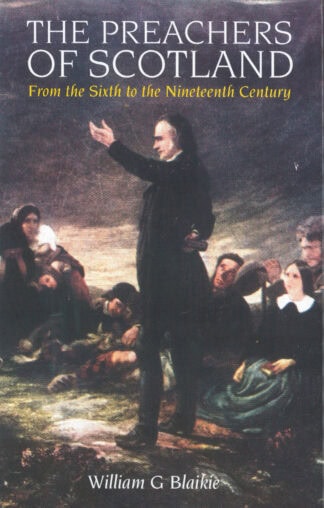
Preachers of Scotland
From the Sixth to the Nineteenth Century
Description
Book Description In the forty years prior to these lectures, Scotland had been favoured with true revivals, for example, at Moulin in 1800; in Skye in 1814; in Arran in 1818; in Lewis in 1834; and at Kilsyth in 1839. This adds a special lustre to this book. It is no theoretical reflection on revival. […]
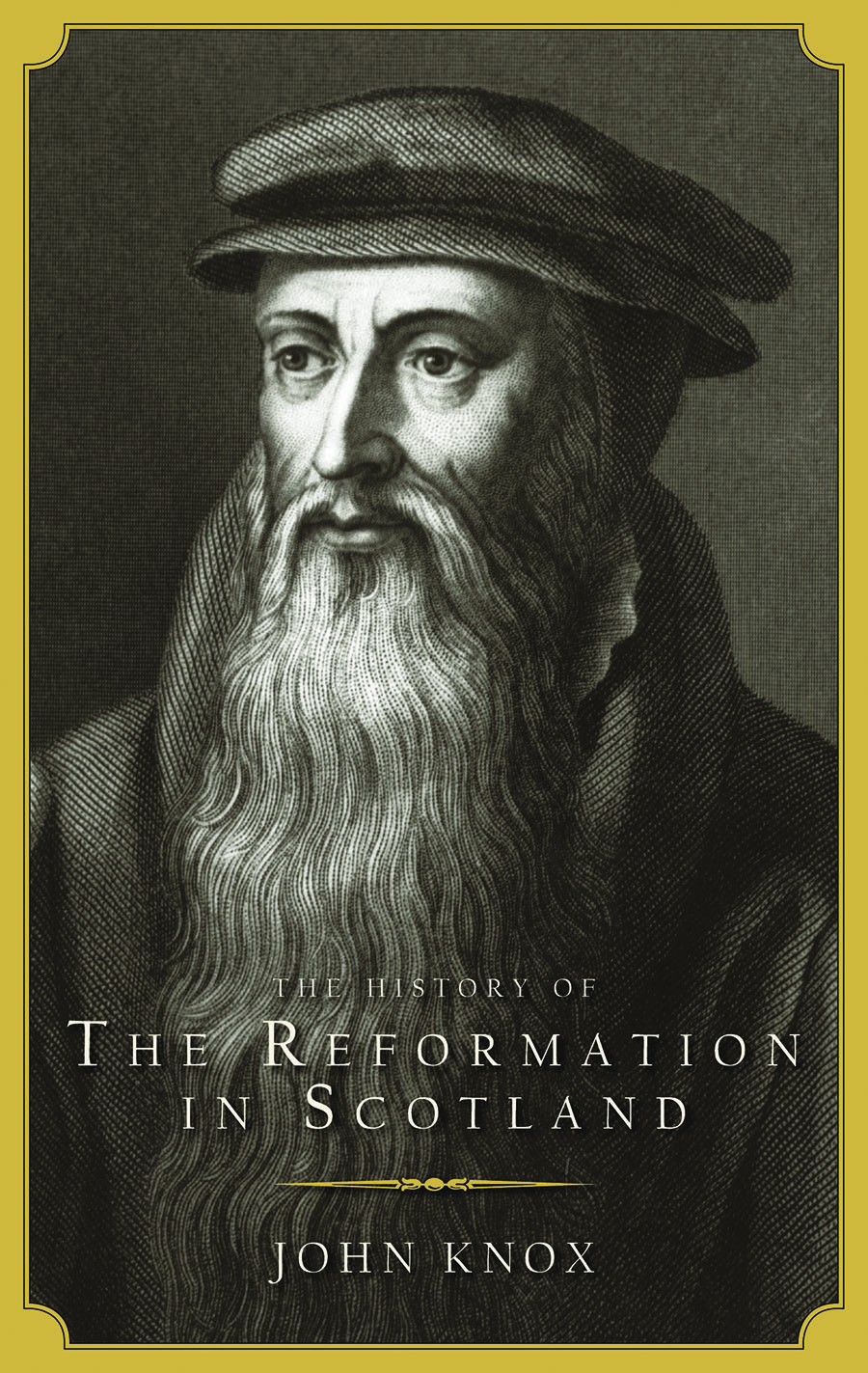
Description
Book Description In the forty years prior to these lectures, Scotland had been favoured with true revivals, for example, at Moulin in 1800; in Skye in 1814; in Arran in 1818; in Lewis in 1834; and at Kilsyth in 1839. This adds a special lustre to this book. It is no theoretical reflection on revival. […]
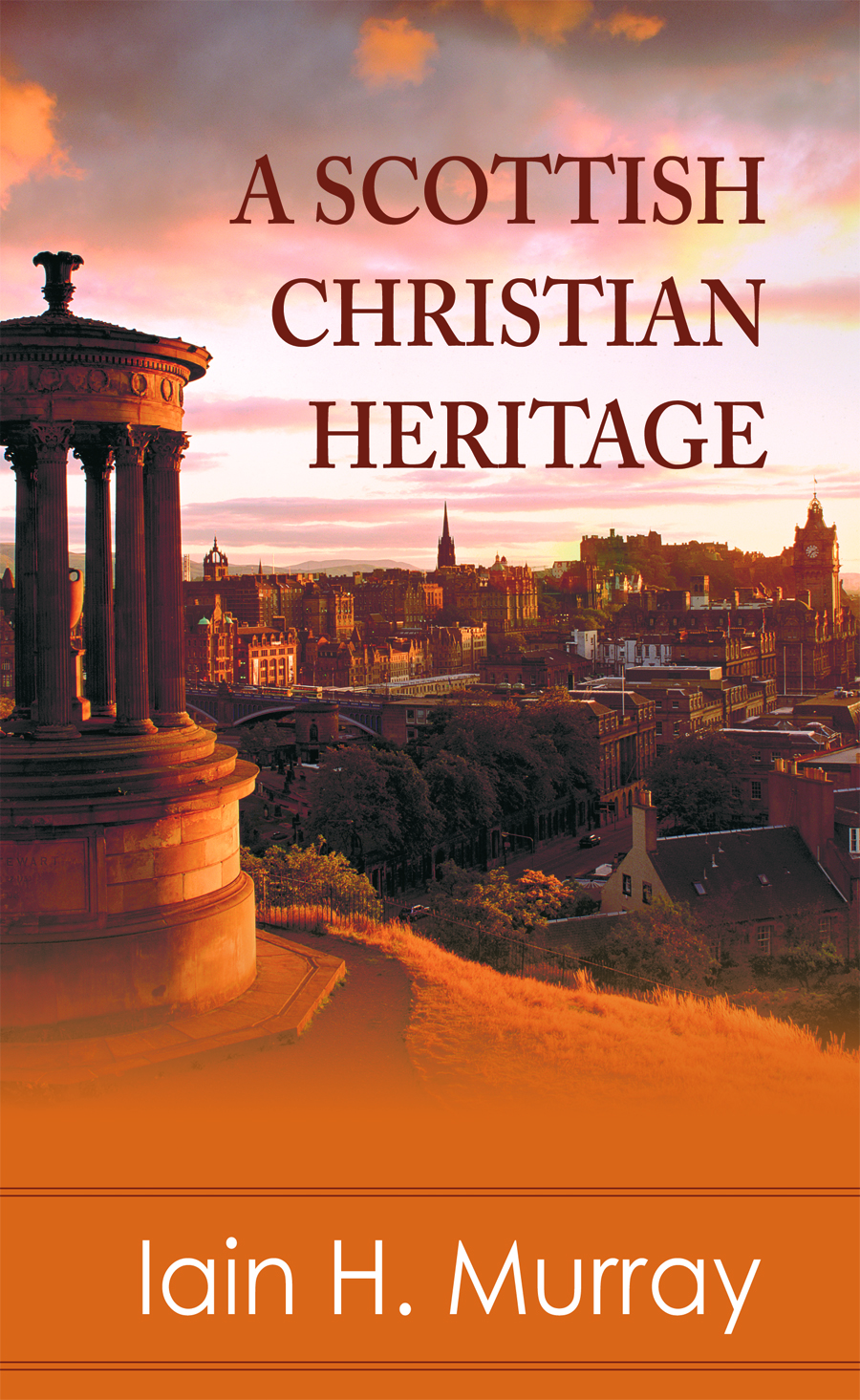
Description
Book Description In the forty years prior to these lectures, Scotland had been favoured with true revivals, for example, at Moulin in 1800; in Skye in 1814; in Arran in 1818; in Lewis in 1834; and at Kilsyth in 1839. This adds a special lustre to this book. It is no theoretical reflection on revival. […]
More items to consider:
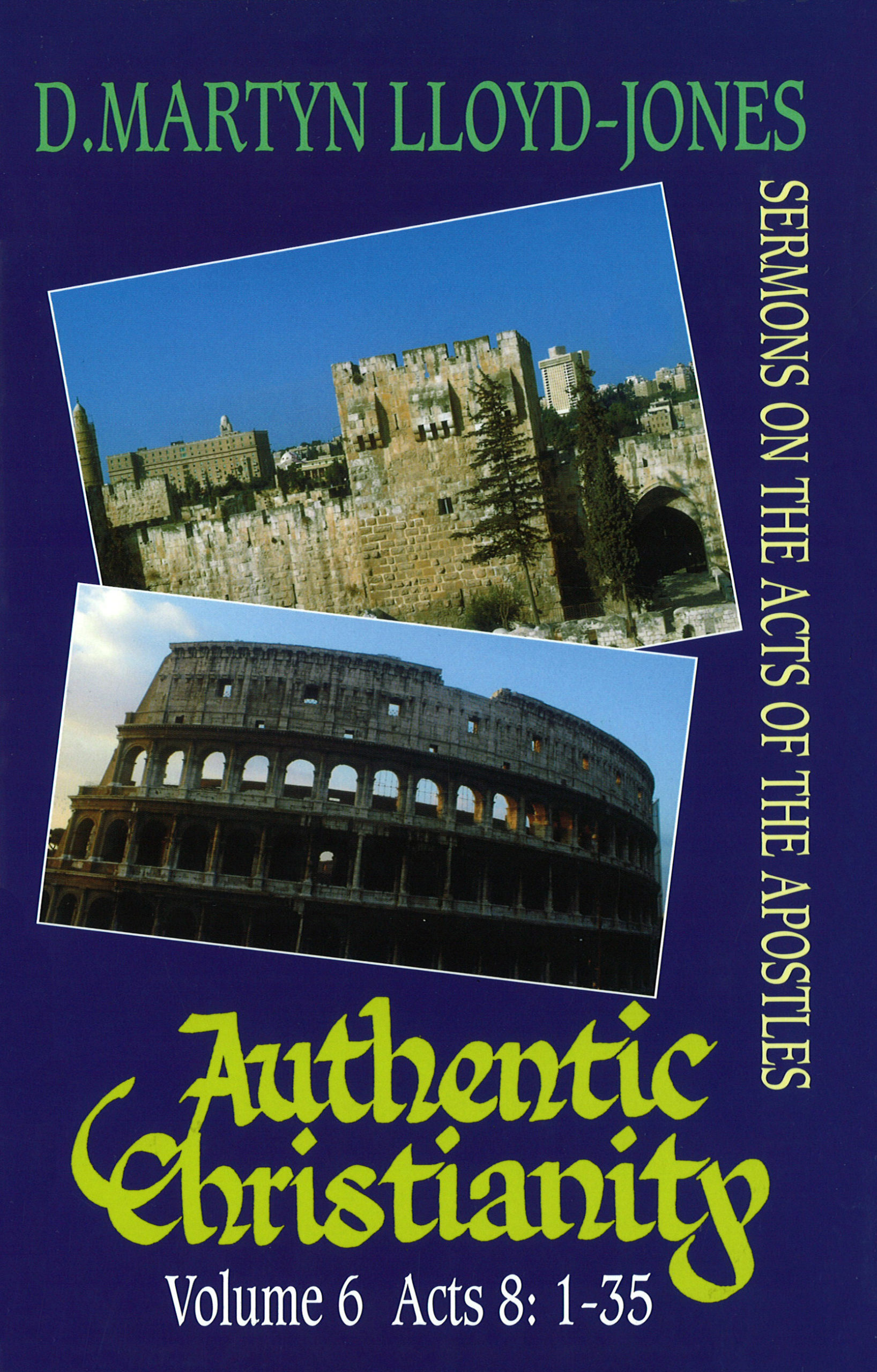
Authentic Christianity
Volume 6: Sermons on the Acts of the Apostles
Description
Book Description In the forty years prior to these lectures, Scotland had been favoured with true revivals, for example, at Moulin in 1800; in Skye in 1814; in Arran in 1818; in Lewis in 1834; and at Kilsyth in 1839. This adds a special lustre to this book. It is no theoretical reflection on revival. […]

Romans 11
Volume 11: To Gods Glory
Description
Book Description In the forty years prior to these lectures, Scotland had been favoured with true revivals, for example, at Moulin in 1800; in Skye in 1814; in Arran in 1818; in Lewis in 1834; and at Kilsyth in 1839. This adds a special lustre to this book. It is no theoretical reflection on revival. […]
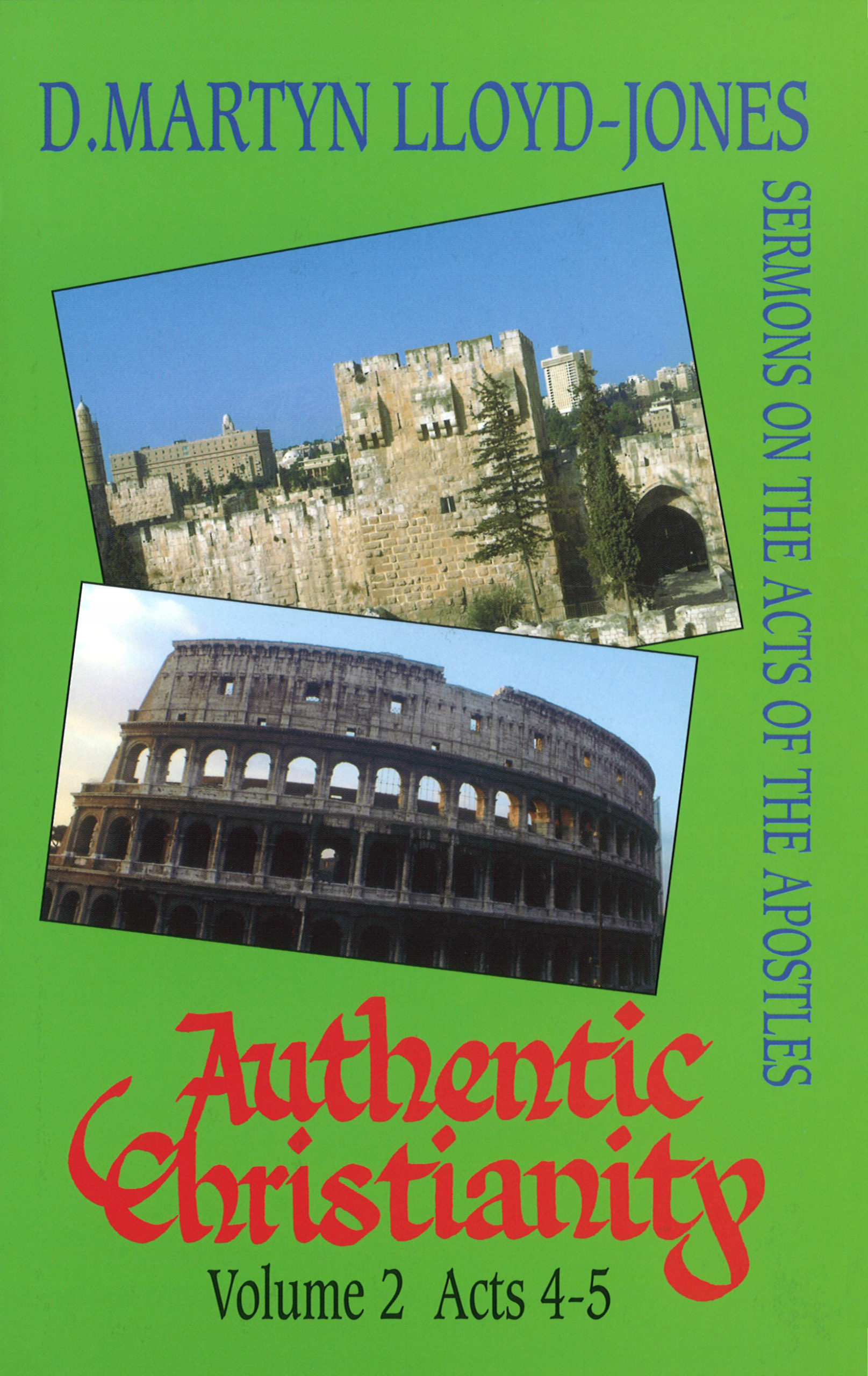
Authentic Christianity
Volume 2: Sermons on the Acts of the Apostles
Description
Book Description In the forty years prior to these lectures, Scotland had been favoured with true revivals, for example, at Moulin in 1800; in Skye in 1814; in Arran in 1818; in Lewis in 1834; and at Kilsyth in 1839. This adds a special lustre to this book. It is no theoretical reflection on revival. […]







Marc Daniel Rivera (KristiyaKnow) –
We live in a time when the word revival has become clouded with mixed impressions. For many, it immediately brings to mind scenes of emotional frenzy—large gatherings marked by loud music, dramatic preaching, and outward excitement. The term has been stretched to cover any event that draws a crowd or stirs temporary enthusiasm. Yet beneath all the noise and spectacle lies a far more profound question: what truly is revival?
Is revival merely an atmosphere charged with emotion, or is it a deep and lasting work of God’s Spirit? Does it begin with human initiative and clever organization, or does it flow from heaven in response to earnest prayer and repentance?
Banner of Truth’s new 2025 edition of The Revival of Religion arrives like a breath of sanity and depth. First published in 1840 and now re-typeset with a helpful new introduction, this volume gathers fourteen addresses from some of Scotland’s finest evangelical leaders—John Bonar, Robert Candlish, William H. Burns, Patrick Fairbairn, Alexander Moody Stuart, and others—men who not only studied revival but lived through genuine movements of the Spirit in their day.
The book emerged from a moment of awakening. In the late 1830s, Scotland had witnessed remarkable outpourings of grace—at Kilsyth, Arran, and Skye, among others. These were not chaotic scenes but sober, Scripture-grounded works of God that transformed communities. Out of that context came the desire to clarify what revival really is, to correct popular misconceptions, and to call the church to seek God’s renewing power with understanding rather than frenzy.
Each address in this collection tackles the subject from a different biblical angle, together forming what the editor rightly calls “a virtual systematic theology of revivals.” John Bonar opens with The Nature of a Religious Revival, defining it as “an unusual manifestation of the power of the grace of God in convincing and converting careless sinners, and in quickening and increasing the faith and piety of believers.” That twofold focus—conversion of the lost and renewal of the church—runs through the entire book.
The succeeding lectures move from doctrine to practice. Jonathan Anderson examines Christ’s role in revival; Alexander Moody Stuart explores the Holy Spirit’s work; and Michael Willis explains the divine sovereignty that undergirds it all. Candlish’s essay, The Word of God the Instrument of Revival, is particularly rich, showing that genuine awakening is always tied to the faithful preaching of Scripture, not to human invention or manipulation.
Equally stirring is Alexander Cumming’s Prayer as connected with the Revival of Religion, which insists that great blessings are attached to “ardour and perseverance in prayer.” It is easy to see why this address remains timeless—its gentle rebuke to prayerless churches feels as urgent today as it did in 1840. William Arnot, in The Godly Life of Believers, reminds readers that revival is not a different species of religion but the ordinary life of the church intensified by divine blessing: “The things are the same,” he writes, “but in different degrees.”
Later chapters widen the lens. James Munro traces encouragements from biblical and church history; Charles Brown describes the fruits that mark a true revival; and William H. Burns—who witnessed the Kilsyth awakening firsthand—offers wise counsel on how to conduct revival work “so as to improve the gracious visitations of the Spirit of God.” Burns’s humility, balance, and warmth stand out, steering the reader far from the emotionalism that plagued later revivalist movements. Patrick Fairbairn’s essay on Hindrances to the Revival of Religion and James M’Naughtan’s plea on The Necessity of Revival round off the volume with pastoral urgency.
What makes The Revival of Religion enduringly valuable is its union of theological precision with spiritual vitality. These men were not theorists writing from a distance; they preached, prayed, and wept their way through times of refreshing and decline. Their reflections arise from lived experience and careful biblical study, not from methods or gimmicks. In our time, when “revival” is sometimes reduced to marketing or mood, this book calls us back to first principles: the sovereignty of God, the centrality of His Word, the power of prayer, and the holiness of the church.
Reading The Revival of Religion today feels strangely contemporary. When Bonar laments a church whose trumpet “has given an uncertain sound,” or when Fairbairn warns of spiritual lethargy amid worldly distraction, their nineteenth-century Scotland sounds eerily like our twenty-first-century world. The problems—coldness, compromise, indifference—are the same, and so are the remedies: truth, prayer, repentance, and a sovereign outpouring of the Spirit.
This book is not a quick read, nor is it meant to be. It invites slow reflection, perhaps one address at a time, with Bible open and heart lifted in prayer. For pastors, students of church history, and any believer longing to see God work again in power, The Revival of Religion offers both instruction and inspiration. It dismantles false ideas of revival as mere excitement and replaces them with a deep, reverent longing for God to “rend the heavens and come down.”
Banner of Truth has done the church a great service in reviving this treasure from 1840. Nearly two centuries later, the message remains the same: true revival is not manufactured—it is given. And yet, as these Scottish fathers remind us, we are called to seek it earnestly. Their words continue to teach us how.